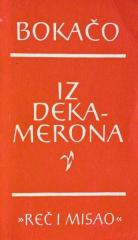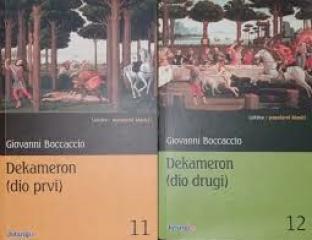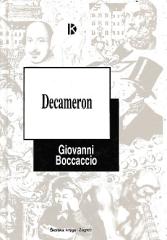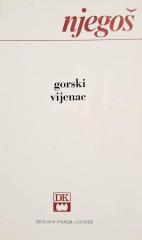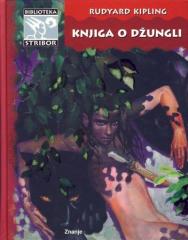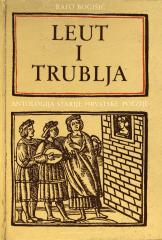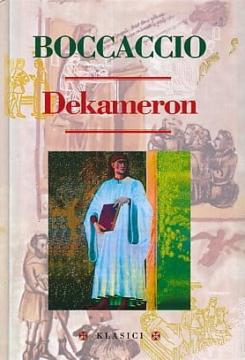
Dekameron
In the Decameron, ten young people fleeing the plague tell stories about love, fate and ingenuity. The adapted version of Ljerka Car Matutinović brings selected novellas, adapted to school, with an emphasis on humor, morality and Renaissance spirit.
Giovanni Boccaccio's Decameron, selected and translated by Ljerka Car Matutinović, adapted for school reading, is a collection of 14th-century short stories set during the plague in Florence in 1348. Ten young people, seven women and three men, flee the plague to the countryside, where they spend ten days telling stories to entertain themselves. Each day has a given theme, such as love, fate, intelligence, or virtue, and each of them tells one story a day, making a total of one hundred short stories (a smaller selection in the adapted version).
The stories are diverse – from romantic and tragic to humorous and erotic, often with a moral message or criticism of society. The characters are nobles, merchants, peasants, priests, depicted realistically, with human flaws and virtues. Boccaccio satirically depicts hypocrisy, greed, and corruption, especially among the clergy, while celebrating human ingenuity and love. For example, the story of Andreucci shows how cunning helps to survive deception, while the story of Griselda tests loyalty and patience.
The school-adapted version emphasizes selected stories with lighter content, adapted for younger readers, while preserving Boccaccio's humor and style. The work reflects the Renaissance spirit, celebrating life and human nature in the face of the plague.
One copy is available
